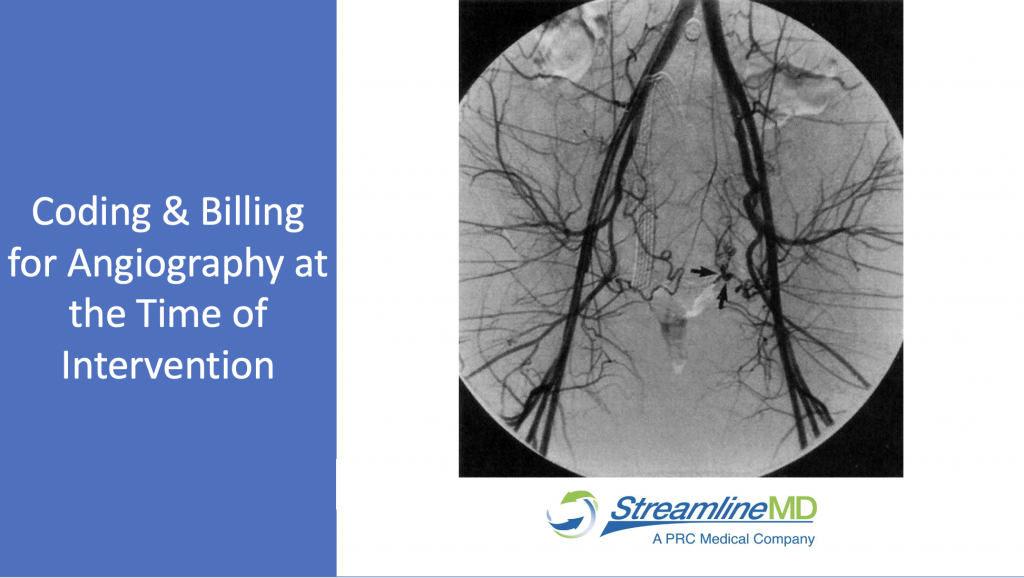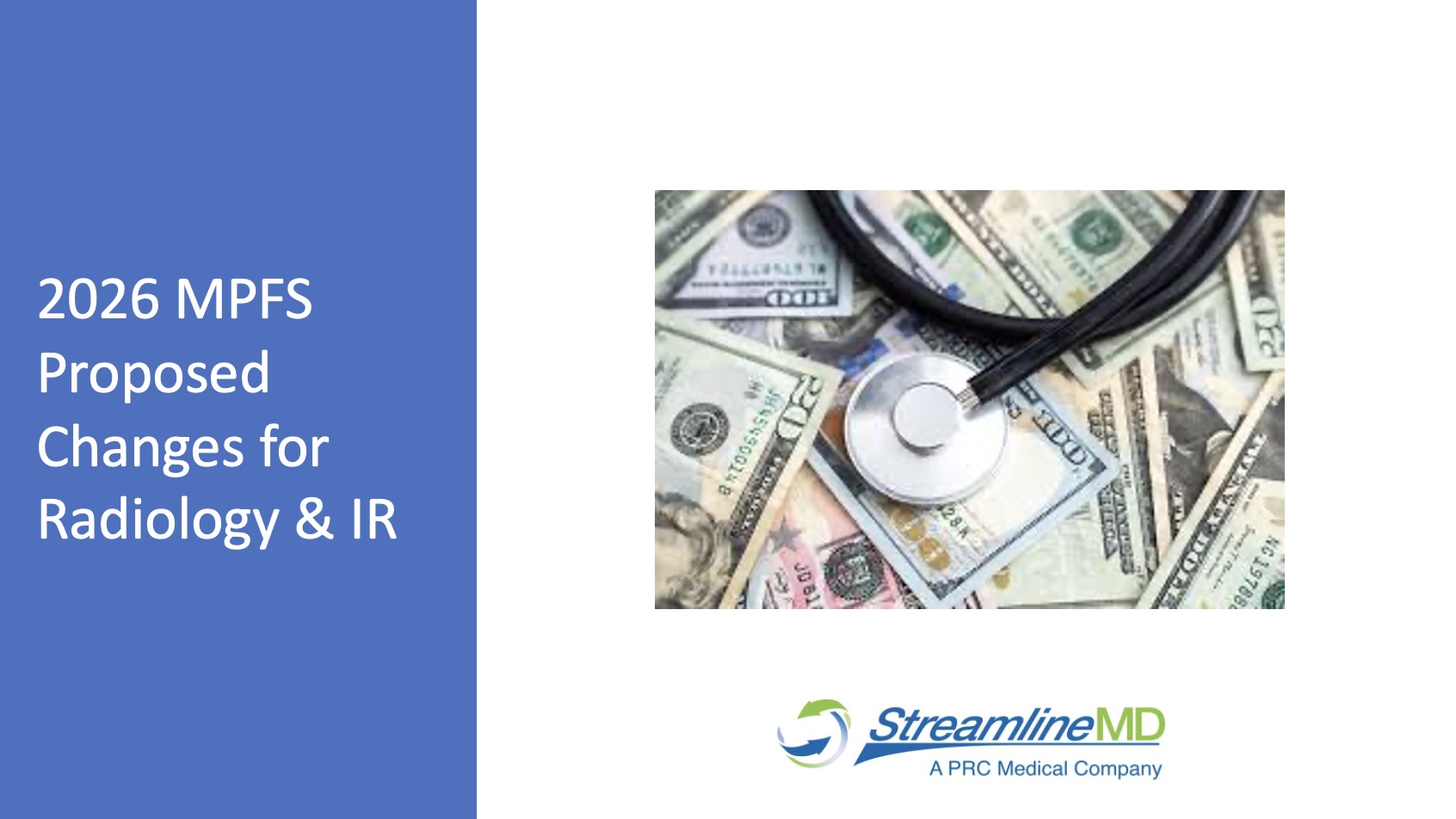The purpose of this article is to provide clarity between when a diagnostic study performed at the same time as an interventional procedure can and cannot be billed. Diagnostic angiography performed during a separate session from an interventional procedure is separately reported. However, confusion occurs when both are performed at the same session. In this situation, diagnostic studies may be additionally billed in conjunction with an intervention under limited circumstances.
Be sure to document all diagnostic angiograms performed but understand the decision to bill for them stems from the information provided in the report.
The 2022 AMA CPT guidelines provide detailed instructions:
DIAGNOSTIC ANGIOGRAMS THAT CANNOT BE BILLED
Diagnostic angiograms should NOT be used with interventional procedures for:
- Contrast injections
- Roadmapping
- Fluoroscopic guidance for the intervention
- Vessel measurement
- Post-angioplasty/atherectomy angiography
- Interventions that include radiologic supervision and interpretation
DIAGNOSTIC ANGIOGRAMS THAT CAN BE BILLED
Diagnostic angiograms can be billed at the time of an intervention providing one of these two requirements are met:
1. No prior catheter-based angiographic study is available, and a full diagnostic study is performed, and the decision to intervene is based on the diagnostic study, OR
2. A prior study is available, but as documented in the medical record:
- The patient’s condition with respect to the clinical indication has changed since the prior study, OR
- There is inadequate visualization of the anatomy and/or pathology, OR
- There is a clinical change during the procedure that requires new evaluation outside the target area of intervention.
HOW TO ENSURE REIMBURSEMENT WHEN DIAGNOSTIC ANGIOGRAMS CAN BE BILLED
Because payors understand that diagnostic angiograms are bundled and not separately reimbursable when performed at the same session as interventional procedures, they will automatically deny the diagnostic study unless a modifier is assigned to communicate that the diagnostic study was separate and distinct.
2022 National Correct Coding Initiative Policy Manual, Chapter IX, D., 4. provide instructions:
“Diagnostic angiography (arteriogram/venogram) performed on the same date of service by the same provider/supplier as a percutaneous intravascular interventional procedure should be reported with modifier 59 or XU. If a diagnostic angiogram (fluoroscopic or computed tomographic) was performed prior to the date of the percutaneous intravascular interventional procedure, a second diagnostic angiogram cannot be reported on the date of the percutaneous intravascular procedure unless it is medically reasonable and necessary to repeat the study to further define the anatomy and pathology. Report the second angiogram with modifier 59 or XU. If it is medically reasonable and necessary to repeat only a portion of the diagnostic angiogram, append modifier 52 in addition to modifier 59 or XU to the angiogram CPT code. If the prior diagnostic angiogram (fluoroscopic or computed tomographic) was complete, the provider/supplier shall not report a second angiogram for the dye injections necessary to perform the percutaneous intravascular interventional procedure.”
Modifier Definitions:
- 59 – Separate and distinct
- XU – Unusual non-overlapping service
- 52 – Reduced service
Be sure to assign the appropriate modifier(s) to the diagnostic angiogram at the time of an intervention.
SUMMARY
Diagnostic studies may be additionally billed in conjunction with an intervention under limited circumstances. When there is a need for the diagnostic study, be sure to include one or more of the following details to support medical necessity for the additional diagnostic angiogram:
- The decision to intervene was made because of the diagnostic study at the time of the intervention
- The patient’s condition changed since the previous study
- There was inadequate visualization from the prior study
- During the procedure, there was a clinical change that requires a new evaluation outside the target area of intervention
If one or more of these situations is true, then assign the appropriate modifier to the diagnostic angiogram to ensure proper reimbursement.
References:
- 2022 CPT, Transcatheter Procedures
- 2022 CPT Vascular Procedures, Aorta and Arteries and Veins and Lymphatics
- 2022 National Correct Coding Initiative Policy Manual, Chapter IX, D




